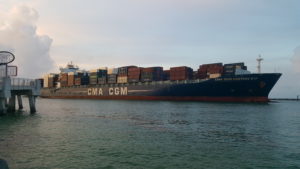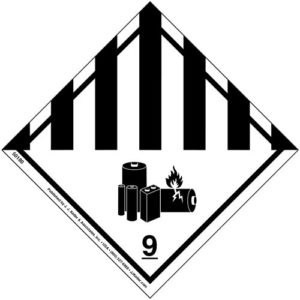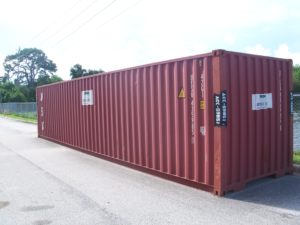The International Maritime Organization (IMO) is a specialized agency of the United Nations responsible for the safety and security of international shipping and to prevent pollution from ships. Just one of its responsibilities is the development of the International Maritime Dangerous Goods Code (IMDG Code). Shore-based personnel who prepare dangerous goods for international transport by vessel must comply with the IMDG Code.
The IMDG Code is updated every two years in a standard amendment cycle. This is what that cycle should have looked like if 2020 was a normal year:
- In the 4th quarter of an even-number year a new edition of the Code is published incorporating amendments added by IMO. So, in the Fall of 2020 the 2020 Edition, incorporating Amendment 40-20 should have been published.
- On January 1 of the following odd-numbered year voluntary compliance with the new edition begins. The regulations of the previous edition remain valid in this transition year. So, as of January 1, 2021 both the 2020 Edition, incorporating Amendment 40-20 and the 2018 Edition, incorporating Amendment 39-18 should have been valid.
- On January 1 of the following even-numbered year the new Edition comes into force, compliance with its regulations is mandatory and the previous Edition is obsolete. So, on January 1, 2022 compliance with the 2020 Edition, incorporating Amendment 40-20 should be mandatory and the 2018 Edition, incorporating Amendment 39-18 should be obsolete.
View this infographic to see how the IMDG Code amendment cycle works in a normal year
Daniels Training Services, Inc. 815.821.1550 |
2020 was not a normal year.
IMO’s meeting schedule was disrupted by the global public health crisis and the 2020 Edition of the IMDG Code is not yet available. IMO hopes to have it published in early 2021. Therefore, IMO announced a five-month delay in the mandatory compliance with the 2020 Edition of the IMDG Code.
- The new mandatory date is June 1, 2022 instead of January 1, 2022.
- Voluntary compliance remains January 1, 2021. (which I really don’t see the point of since the IMDG Code isn’t expected to be printed until several months into 2021!)
What this means to you:
Until the 2020 Edition of the IMDG Code is published you may continue to comply with the 2018 Edition. Even after the publication of the 2020 Edition on ??.??.21, you may continue to comply with the 2018 Edition during this transition year. And you may continue to comply with the 2018 Edition through January 1, 2022 (the normal cut-off) until June 1, 2022 which is the new date for mandatory compliance with the 2020 Edition.
Contact me the next time your USDOT, IATA (air), or IMO (vessel) training is due to expire. |
Got it?
If you prepare a dangerous good for international transportation by vessel you – and perhaps other employees – must receive initial and triennial IMO Training and USDOT/PHMSA HazMat Employee Training. I can provide both.






